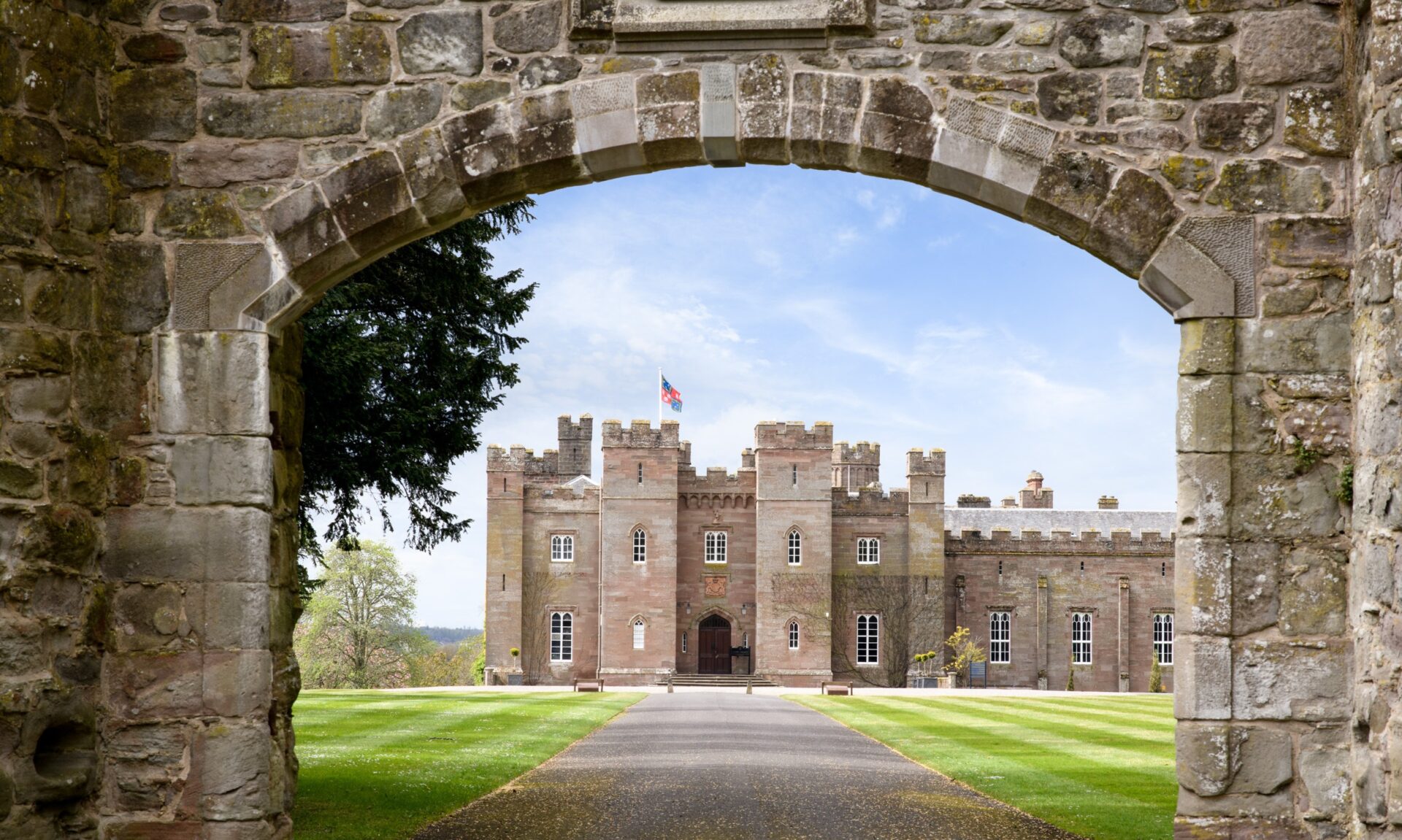To stand on Moot Hill is to immerse yourself in Scottish history. Although at first it may appear as little more than a large, recumbent mound of compressed earth, it is in fact one of the most, if not the most, important ancient assembly sites in Scotland. It dominates the landscape at Scone. Throughout the medieval and post medieval periods, this unassuming mound was the inauguration site for the kings of Scotland. As you look out from upon it, you can see the city of Perth lying on the other side of the River Tay and the Grampian Mountains in the north. During the high season, the hill is bustling with visitors, all taking their turn to sit on the replica Stone of Destiny for that all-important, iconic, social media post. But if you visit on a quiet day, before the coach parties and picnicking families descend, Moot Hill can offer a very different, almost otherworldly, experience. Because if you pause for a while and imagine, you can conjure up the bygone voices of the kings and noblemen who stood on this historical site during some of the most significant moments in history.
Some of those voices may speak to you in barely a whisper. The ambivalent utterances of the inexperienced kings, whose coronations were premature or unexpected, like poor Lulach ‘the fool’, Macbeth’s stepson who was placed on the throne with little concern for his well-being. Or the young kings like Malcolm IV, aged 12, whose inauguration took place before the last king was even buried due to a fearful rivalry for the kingship. And yet younger still, Alexander III who was enthroned in 1249 at just 7 years old. Then there are those enthronements that fill our history books and so speak more loudly to us. These voices resonate and command our attention. We can hear Robert the Bruce as he stood in the royal robes and vestments, announcing his loyalty whilst the Scottish banner boldly proclaimed his sovereignty from behind his throne. A coronation full of ceremony and gravitas, all the while knowing that he stood there with blood on his hands. But there is one coronation that has often been overlooked by historians; the coronation of King Charles II, the last king to be crowned at Scone in 1651.
The month of January marks the annual anniversary of Charles II’s crowning at Scone, the last British monarch to be crowned on the ancient site. But like so many of his predecessors, his journey to the throne was not straightforward and historians have often questioned how authentic his enthronement at Scone actually was. Some academics have suggested that the ceremony was organised in haste, and as a result, lacked many of the key elements of a traditional crowning ceremony, rendering the occasion nothing more than a hurried, haphazard, formality. Others, who have delved deeper into the archives, have concluded that it wasn’t so much overlooked as merely overshadowed by more pressing events.
Charles II ascended the throne during one of the most divided and conflicted times in British history. His father, Charles I, had been executed for treason at Whitehall in January 1649. A contradictory man, he was both famously shy and arrogant in equal measure. He believed in the Divine Right of Kings; a political and religious doctrine which stated that kings were chosen by God to rule and that only they could make laws. This form of political and religious dictatorship, combined with his incessant dissolving of parliament led to The English Civil War. Although singular in title, The English Civil War actually comprised of multiple conflicts, and it was during the Bishops’ Wars of 1639 and 1640, that one of the most significant religious documents in Scottish history was signed, a document that would allow Charles II to be crowned at Scone.
The National Covenant was officially recognised by the people of Scotland at Greyfriars Kirk in Edinburgh in 1638. In essence, the content of the document was less about religious practices and more about the governance of the church. It aimed to abolish bishops, who were seen to be under the control of the crown, and to discard the new Book of Common Prayer. In short, the Covenant sought to give the people religious autonomy, away from the overbearing zealousness of the Crown. Then in 1643, there followed another agreement, the Solemn League and Covenant, which sought to protect the Calvinist ideals of the absolute sovereignty of God and the authority of the bible, which were at the heart of the Scottish Presbyterian Kirk.
So why is this document such an integral part of Charles II’s coronation at Scone? At the time of his father’s execution, Charles II was living in The Hague with his sister Mary and his brother-in-law, William II, Prince of Orange. Just six days after the execution of Charles I, the Scottish Parliament proclaimed him King of Great Britain, France and Ireland at the Mercat Cross in Edinburgh. However, there was one unequivocal condition he would have to adhere to before he would be granted passage to his throne; he would have to acknowledge and abide by the Solemn League and Covenant. But whilst Scotland was asserting their belief in a bona fide monarch, England had entered into an Interregenum, a republic led by the English general, Oliver Cromwell, who only three months previously, in September 1650, had proved himself a serious threat to the stability of Scotland at the Battle of Dunbar.
So is this coronation deserving of its footnote status in our history books, or is it worthy of more recognition? Historian George Gross who visited the archives at Scone Palace in 2013 made some notable findings, namely that Charles II’s coronation was both intricately planned and suitably elaborate.
During the autumn of 1650, a planning committee consisting of leading Covenanters and noblemen met to discuss proposals for the forthcoming coronation. Although they agreed on Scone as the location, they had few options available to them as Oliver Cromwell’s forces already occupied Edinburgh and it was widely known he had his sights set on Stirling next. But the notion that using Scone for the coronation was a compromise is too often conveniently assumed. Scone had been the historical crowning site of kings for hundreds of years. It is where the Stone of Destiny, the inauguration stone of kings had stood, and what is also often overlooked, is that Scone was the seat of David Murray, 4th Viscount of Stormont, whose ancestor had saved the life of Charles II’s grandfather, King James VI of Scotland and I of England.
And there are details of the ceremony itself. Although the occasion did lack some of the reverence of other more notable coronations, it was not entirely without impressiveness and solemnity. We know from findings made by George Gross that Charles II was taken from his bedchamber on the morning of Wednesday, 1st of January, and dressed in a ‘Prince’s robe’ was led down the Long Gallery, accompanied by various nobleman carrying the Scottish regalia, and processed out onto Moot Hill. Once inside the small church, he sat with the Scottish Honours laid out before him, and made his oath and swore his commitment. We know too that psalms were sung and the customary handing out of coins took place, after which the coronation party processed into Scone Palace for the banquet.
After delving deeper into the archives at Scone Palace, historian George Gross was also able to ascertain that the banquet was an elaborate spread, consisting of fine French wines and rich highland dishes. He also found receipts for napkins embellished with ‘CR’ which had been especially embroidered on expensive cloth imported from Holland. The household accounts for Scone attaining to the months of January and February 1651, show an unprecedented increase in costs, proving unequivocally that this coronation was far from cheap.
So why then, if there was an appropriate amount of pomp and circumstance and a significant amount of expenditure incurred, does this coronation so often get overlooked? Well, perhaps the reason is because historians have often focused on what was left out as opposed to what was put in.
We know that, perhaps most significantly of all, Charles II was not anointed with papal oil. This practice had become an integral part of Scottish coronations since the time of David II, son of Robert the Bruce, who had campaigned tirelessly to secure the oil from Rome, consistently arguing that Scotland was a sovereignty and therefore its people had the right to a king who was recognised by God. But such practices were deemed ‘popish’ by the Covenanters who had considerable influence and control over the event. For the same reason, there was no Eucharist and the crowning itself was carried out by the Marquis of Argyll and not a cleric.
Perhaps this coronation is also deemed inconsequential because, for the most part, he was king in name only. The Scottish parliament had declared him King of Scotland, Ireland, England and France, but it wasn’t until the Restoration in 1661, and the subsequent, more ostentatious, coronation at Westminster Abbey on 23rd April 1661, that he formally assumed the title. But whatever may have or have not taken place during Charles II’s coronation at Scone Palace, one fact is certain to remain. Whether hastily arranged or merely efficiently orchestrated due to the uncertainty of the time, Charles II’s coronation at Scone Palace marks an important shift in British history, because whilst it further divided the religious practices of Presbyterians and Protestants either side of the border, moving further away from any possibility of a united church, it did intertwine the two countries politically, setting a course for the political landscape we have today.
Please see the original article by George Gross in “The Court Historian” journal - https://www.tandfonline.com/doi/full/10.1080/14629712.2021.1996947
Other News
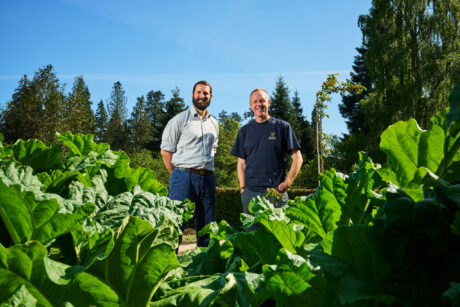
Garden Lovers Invited to Vote in UK First at Scone Palace Garden Fair
14th May 2025
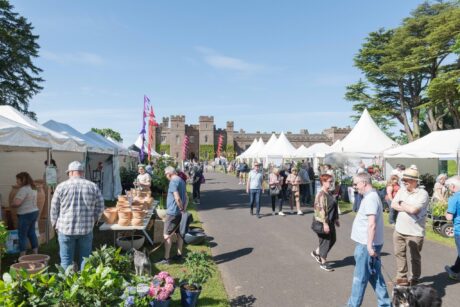
Top Five Must Do Activities at Scone Palace Garden Fair
13th May 2025
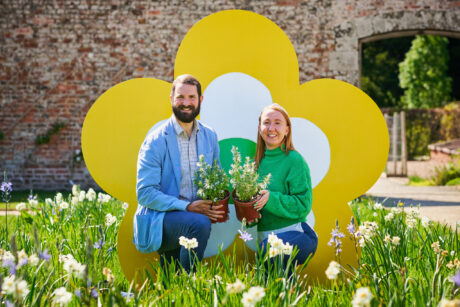
Dobbies Garden Centres Joins the Scone Palace Garden Fair
12th May 2025
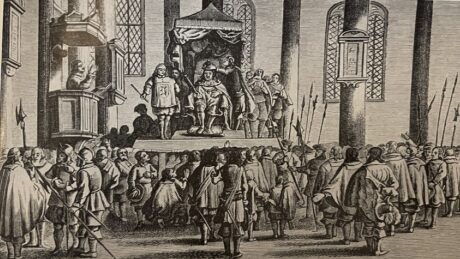
The Crowning Place of Scottish Kings
04th May 2023
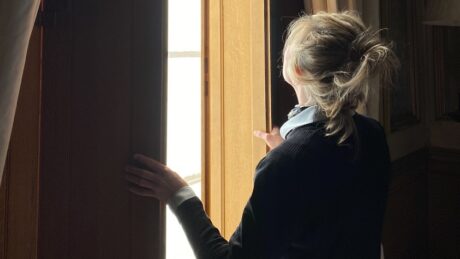
The Palace Awaits
29th March 2023

Snowdrop Festival
26th January 2023
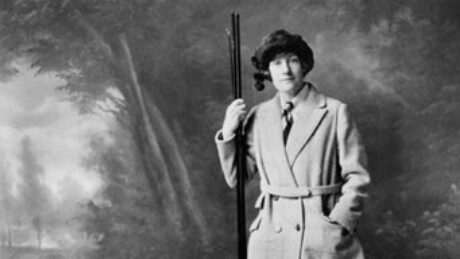
Georgina Ballantine’s Giant Catch
14th October 2022

Man's Best Friend
01st September 2022
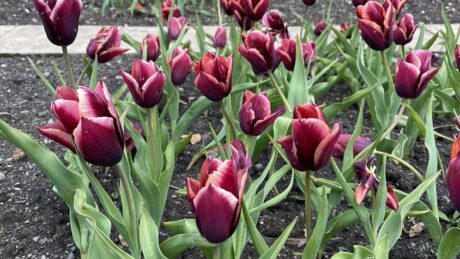
British Cut Flowers Week & The Garden Fair
05th July 2022
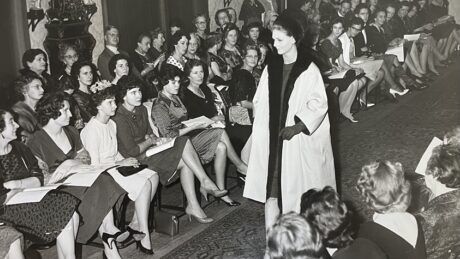
Scotland, Scone and Fashion
01st June 2022
